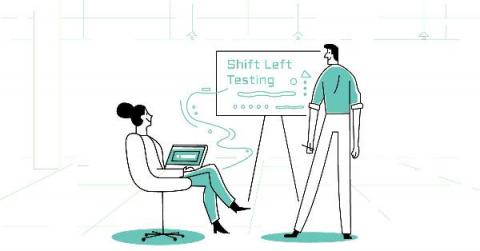How does Testsigma support the Shift Left approach?
When implemented right, shift left testing can really help organizations achieve their quality goals faster and better. And to help that along, a valuable tool is needed too. All test automation tools are not made to shift your testing left so this is a crucial decision. In this blog, we will discuss how Testsigma supports shift-left testing. Let’s start by clarifying what is shift-left first.











